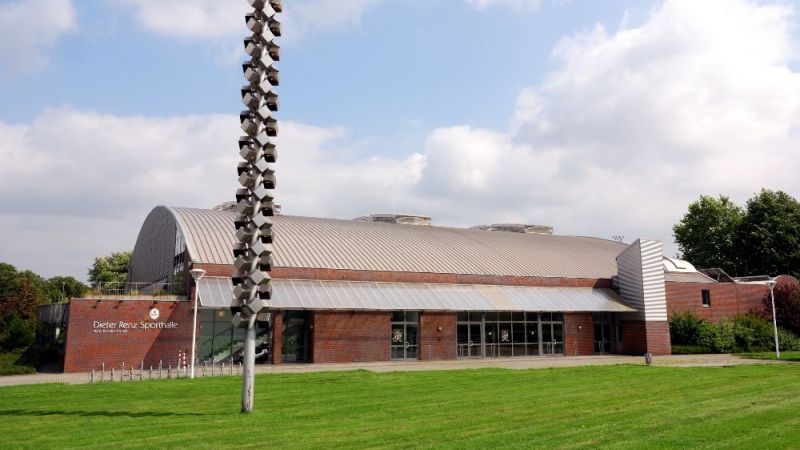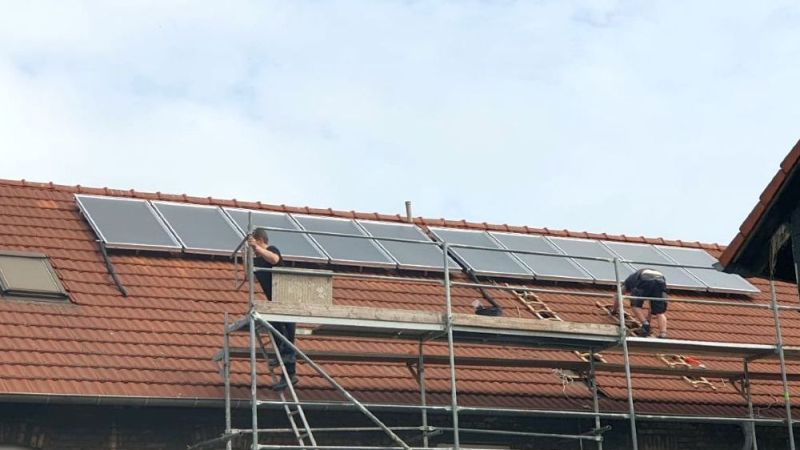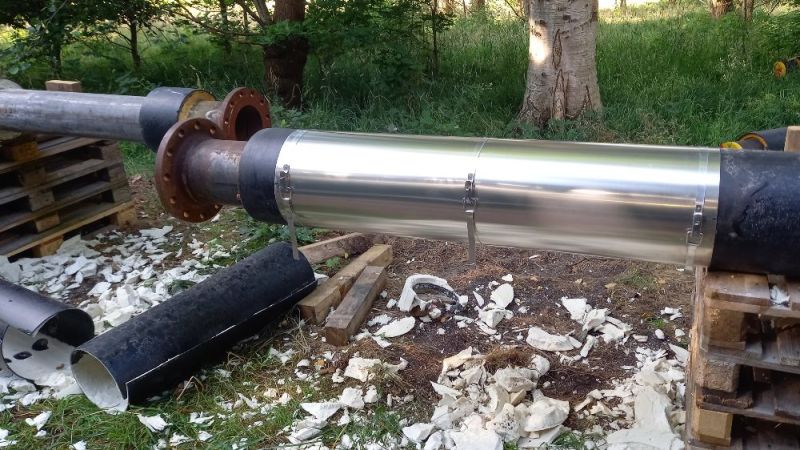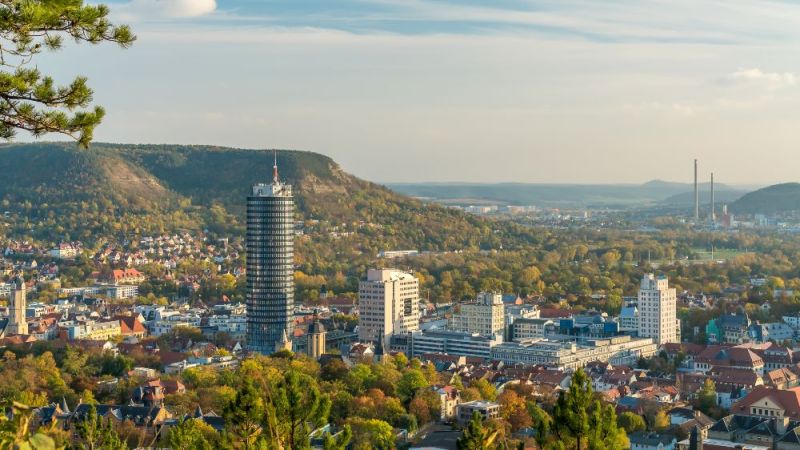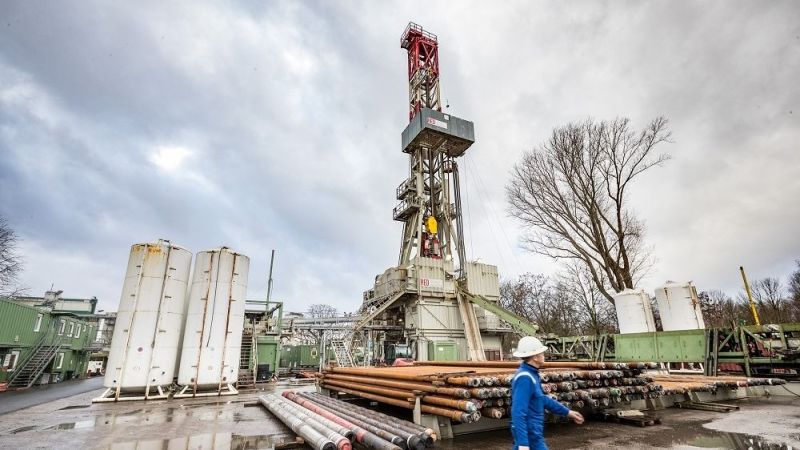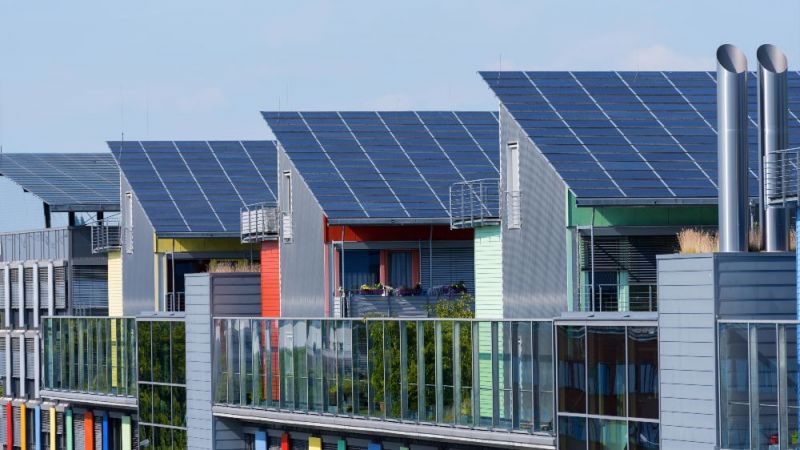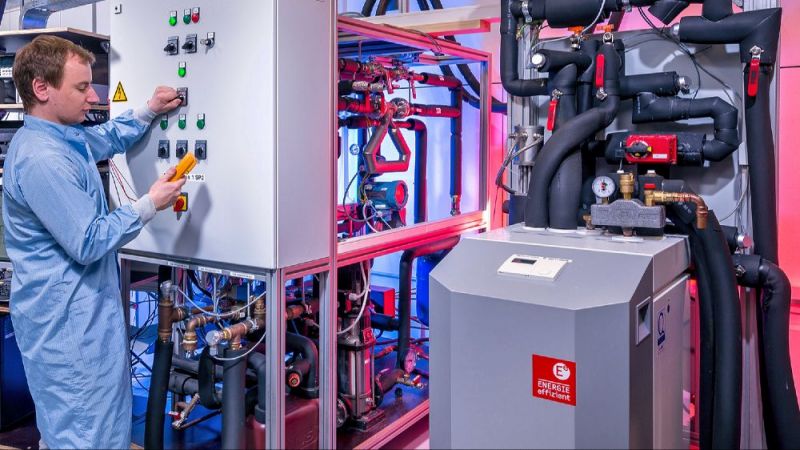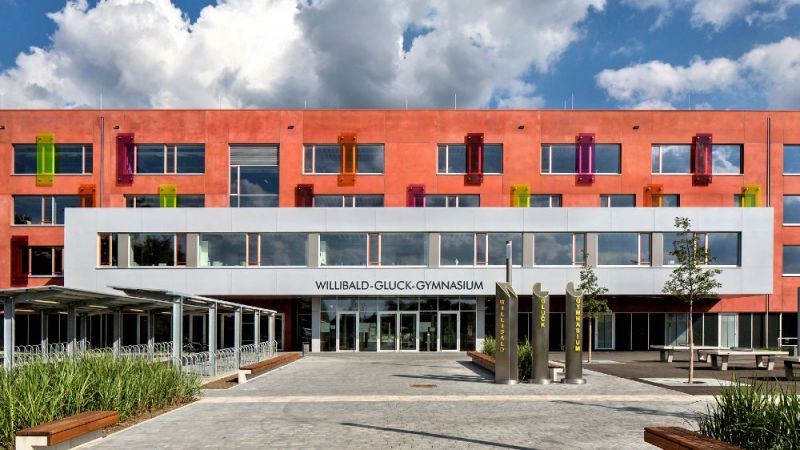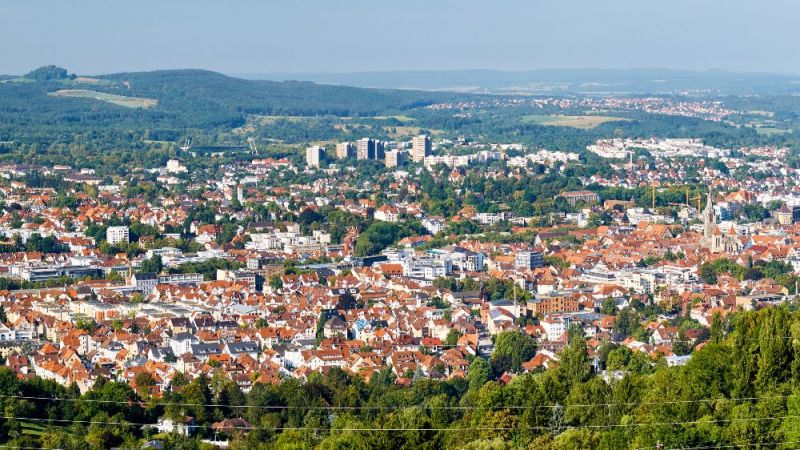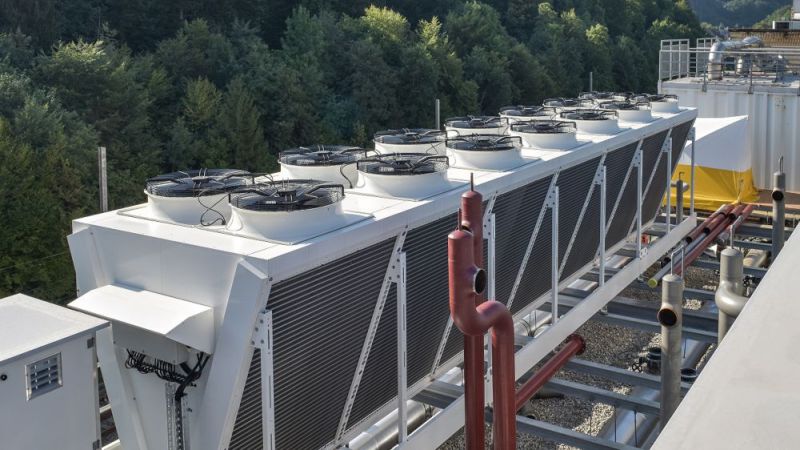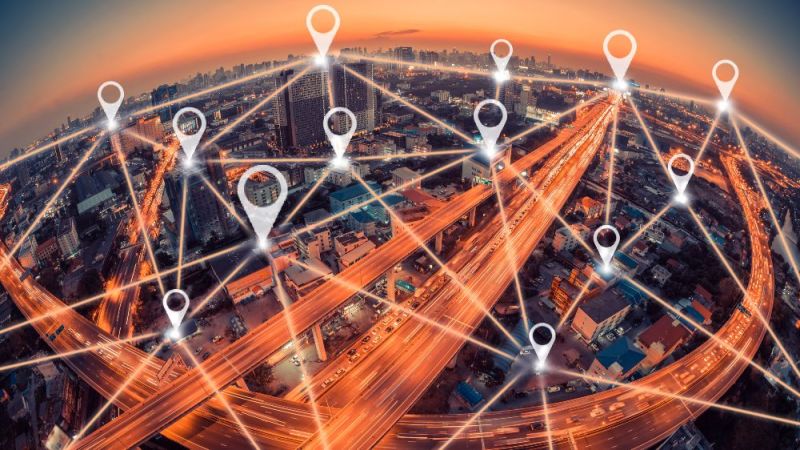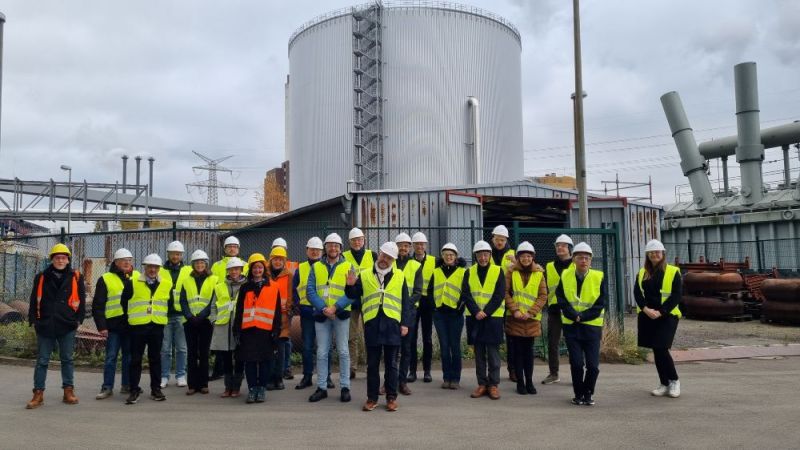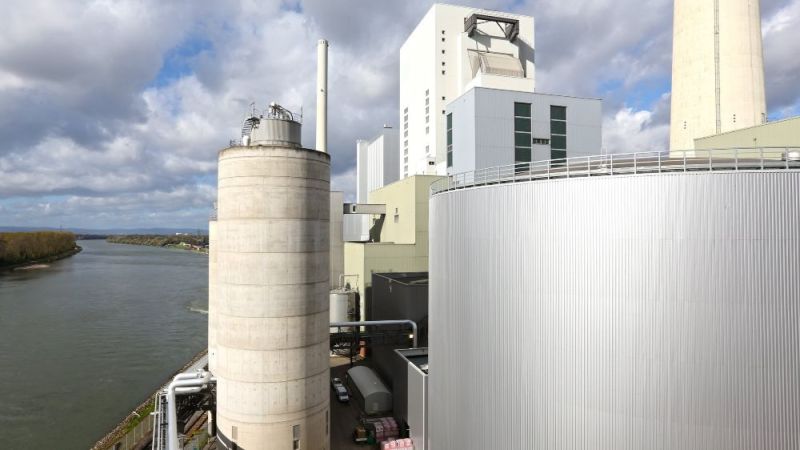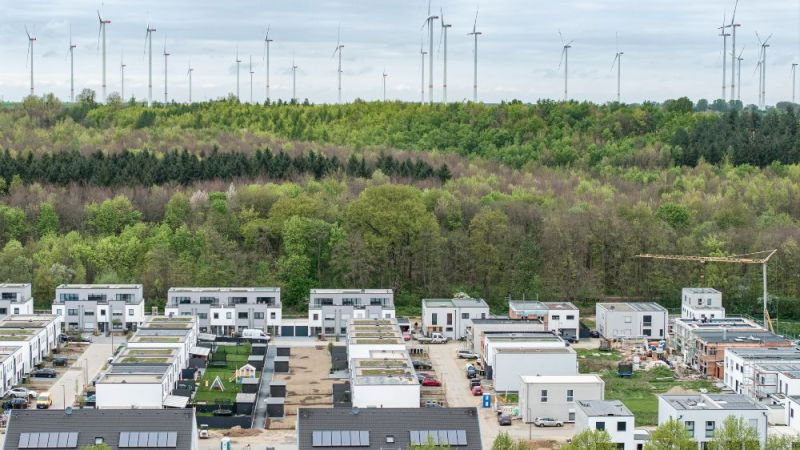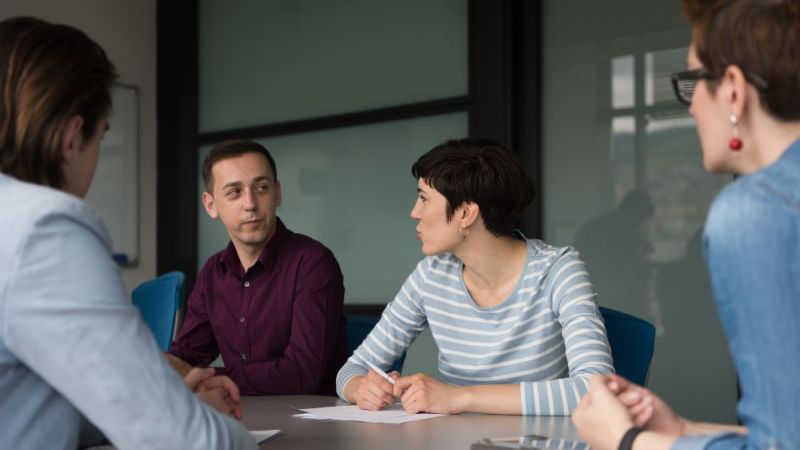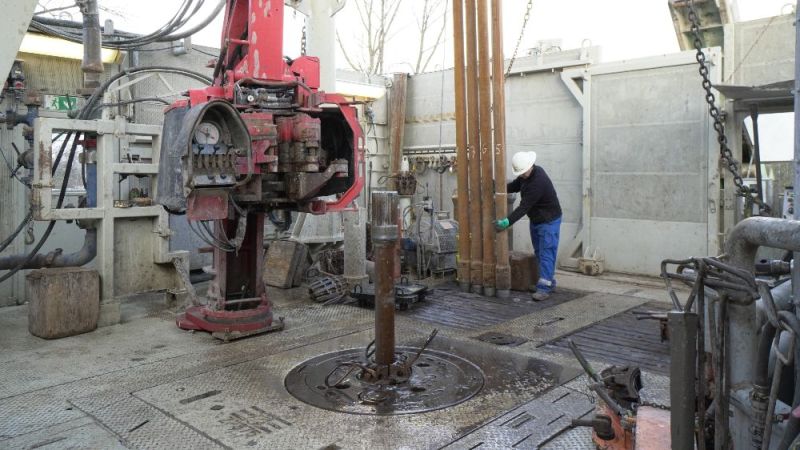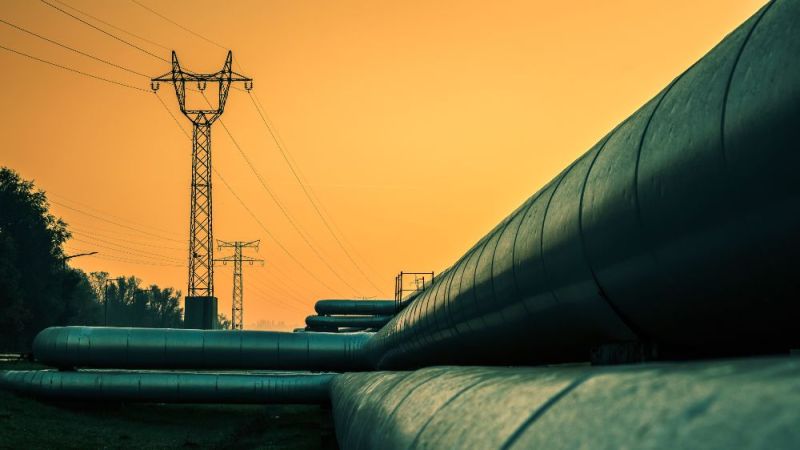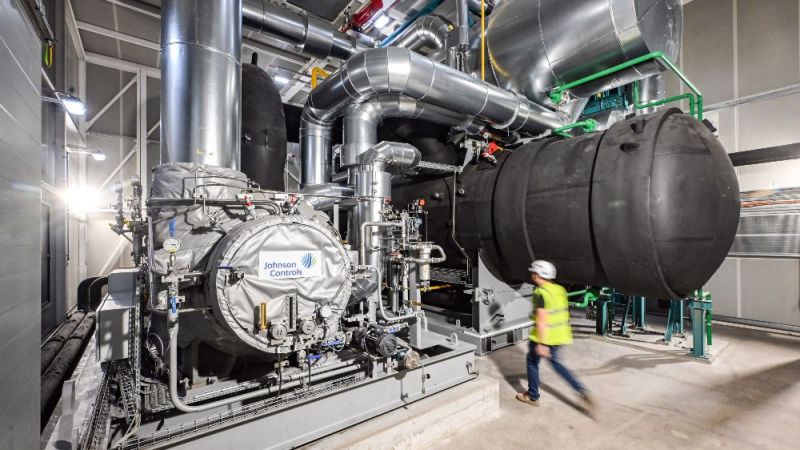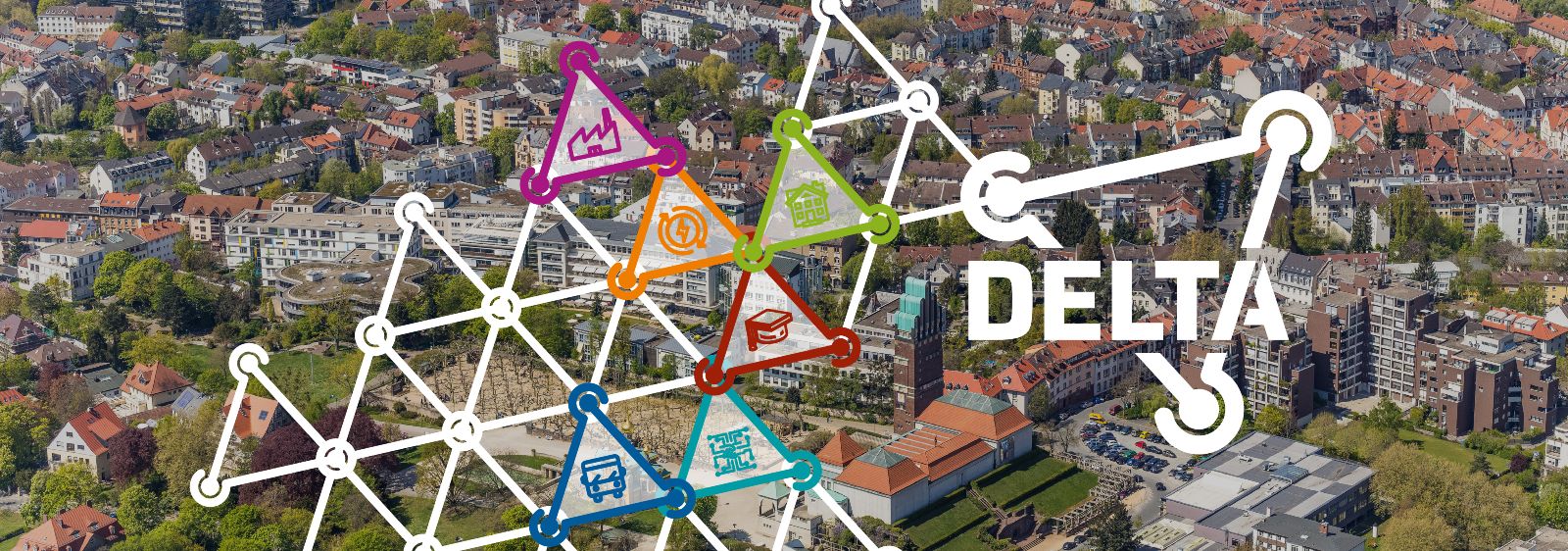
DELTA: Living Lab for the Energy Transition in Darmstadt
Connecting the Energy System of the City
Cities could be so much more energy efficient: waste heat produced by industrial plants, for instance, could be used to heat buildings in place of fossil fuels. DELTA, the newly launched living lab for the energy transition, is now looking to implement such energy-saving ideas – initially aiming to make the city of Darmstadt’s energy system more flexible and environmentally friendly.
Cities have high energy densities and a range of complex energy flows. This urban energy system is therefore of particular relevance to Germany’s climate change goals. The energy transition would be much simpler to achieve if it could be started from scratch on undeveloped greenfield land. However, the reality of the situation involves starting with existing residential buildings, industrial plants, mobility infrastructure, and energy grids, and taking into account the requirements of current stakeholders and the resulting energy consumption. Is there a way of optimizing such energy systems to ensure that cities can actually take the next step in the energy transition?
To answer this question, several stakeholders that have already implemented successful innovations have come together in Darmstadt to work on the regulatory sandbox project DELTA. These include large-scale industrial companies, small- and medium-sized enterprises, start-ups, municipal enterprises, and research institutions – all coordinated by TU Darmstadt. The work packages of this new living lab draw on the success of the university’s ETA-Fabrik project. DELTA, which stands for the Darmstadt Energy Laboratory for Technologies in Application, is set to become a showcase for urban energy transition through interconnected, energy-optimized districts. The project has lofty ambitions: as a living lab, DELTA aims to play a pioneering role and obtain results that can be put into practice in other cities.
DELTA is one of the winners of the ideas competition Reallabore der Energiewende of the Federal Ministry for Economic Affairs and Energy. The reallabs show practically how energy transition works. The forward-looking projects each look at several energy technologies in interaction and implement them on an industrially relevant scale. As an innovative format in the Federal Government's 7th Energy Research Programme, they are intended to complement applied research in the direction of practical transfer and to advance the energy transition.
DELTA launches with seven subprojects
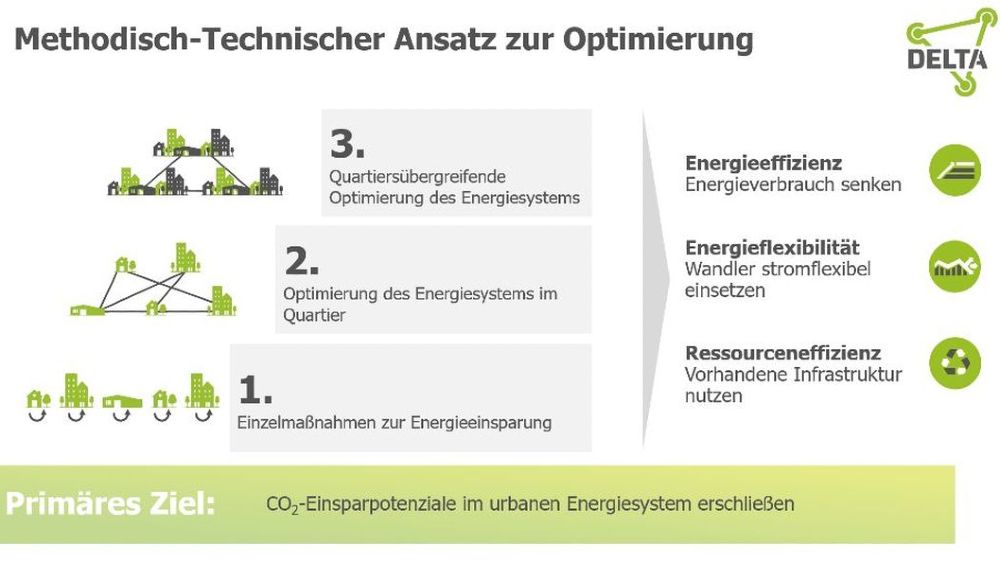
The researchers follow a bottom-up approach in three stages, all of which pursue the aim of reducing CO2 emissions. First of all, they seek to implement energy-saving subprojects in various districts. The aim is to then interconnect and optimize these subprojects. To maintain a focus on optimization and the efficient implementation of cross-cutting activities right from the start, the seven subprojects will be scientifically and technically linked through joint project management as opposed to being pursued on an individual level. This ensures that when it comes to planning the subprojects, they are focused on the common goal of an optimized urban energy supply from the outset. The launch of the interconnected district systems, and any final improvements to the systems, are to be completed by the end of the project in 2026.
Cities are comprised of many individual types of district. The DELTA project focuses on both residential and industrial districts. These districts differ, for example, in terms of their mobility requirements, energy infrastructure, development of energy usage over time, and useful energy requirements. Intelligent sector coupling might result in conventional energy carriers being displaced from the energy system.
The DELTA subprojects are focused on energy-optimized residential districts, the utilization of industrial waste heat, decentralized electrolysis, flexibility in medium-voltage grids, low-emission mobility, and non-technical innovations. They will be interconnected in practice with pipelines and storage systems for heat, electricity, gas, and hydrogen, and the grids will be operated using digital methods.
The animated film below provides an initial overview of the project:
Reducing CO2 emissions by 14,500 tonnes per year
The DELTA team estimates that it will be able to reduce CO2 emissions in Darmstadt by approximately 14,500 tonnes per year in the long term. This roughly equates to the entire carbon footprint of more than 1,600 people, or one percent of the population of Darmstadt. In addition, the energy flexibility potential is set to increase by 4.6 MW, thus enabling the further decarbonization of the electricity supply. This flexibility in terms of individual energy producers and consumers is required to integrate volatile energy sources (e.g. wind and solar power) in the grid and compensate for them whenever they supply particularly large or small amounts of energy. Hydrogen storage and battery storage are useful in this respect. In addition, consumers who draw on the electricity supply at the right time or who change their energy requirements also have a role to play. An example of this would be electric car charging stations that are able to adapt to the current level of energy supply.
Scaling up after the project is completed could see the reductions in CO2 emissions rise to 25,000 tonnes per year and the flexibility potential increase by up to 12 MW.
In addition to the increase in energy efficiency, the regulatory sandbox aims to ensure that innovative business ideas go on to become economically viable business models. In doing so, it aims to exhaust the possibilities of existing legal frameworks and identify any additional scope for action in terms of regulations.
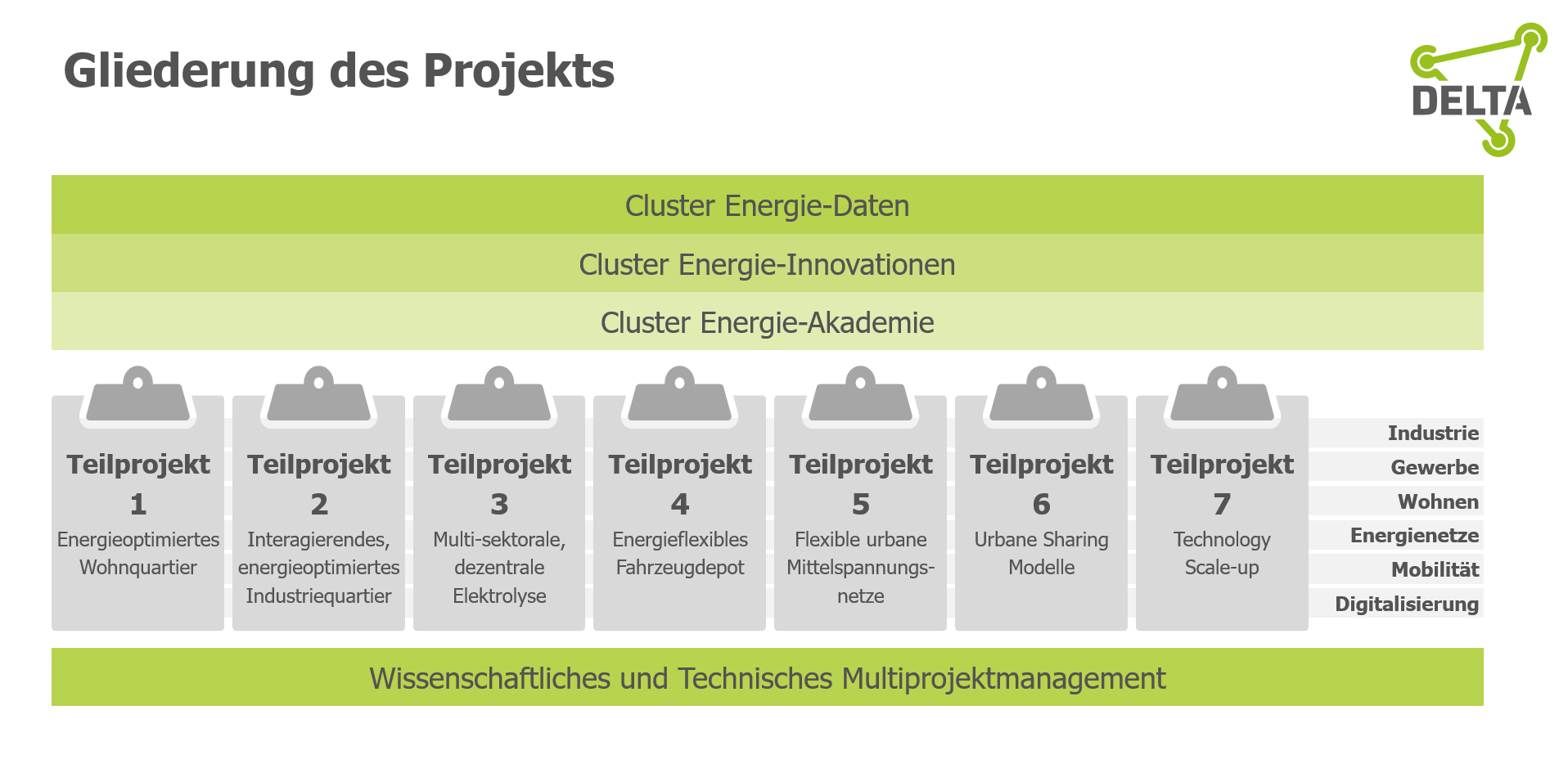
Subproject 1: Energy-optimized residential district
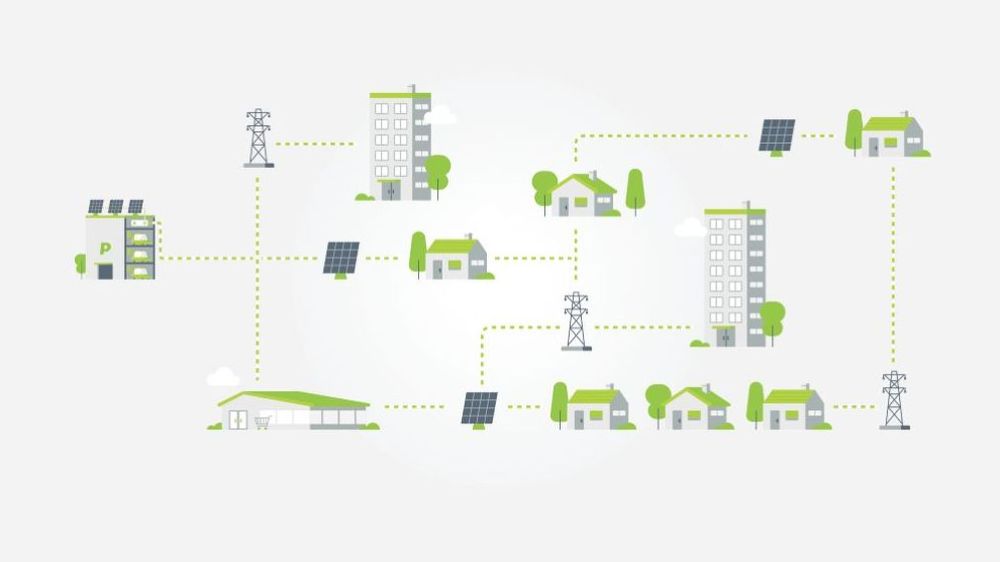
A new urban district for around 3,000 people, Ludwigshöhviertel, is to be built on the site of two former US army barracks. The city of Darmstadt aims to create a nearly zero energy district and to provide affordable housing.
The use of waste heat and geothermal energy (via a central geothermal probe field) as low-emission sources of heat should be sufficient for heating energy-optimized buildings. Support will be provided by heat pumps and hybrid PVT collectors that combine photovoltaic cells with solar thermal power. Any additional electricity produced can be used, for example, to supply a car park with battery storage systems and charging points for electric cars. Local operators will thus be able to develop new business models, while residents will also profit from energy data visualization and sharing opportunities.
The CO2-optimized planning of the district will not only focus on operation, but also on construction and deconstruction. The use of recyclable building components will also help to reduce CO2 emissions, as will the centralized heating supply. Once all these measures have been accounted for, there is the potential to save over 1,000 tonnes of CO2 per year. The centralized heating supply with heat pumps, as well as the decentralized use of PV battery storage systems and charging infrastructure also offer considerable potential for flexibility.
Subproject 2: Interacting, energy-optimized industrial district
Science and technology company Merck manages numerous heating processes on its campus. Heat from a high-temperature heating network – based on a high-pressure water supply at 150 °C – is currently also used for processes in the temperature range from 20 °C to 90 °C. The company’s own low-temperature network will in future be able to reuse heat from these processes as well.
To this end, DELTA is aiming to combine thermal production processes that are defined by intermittent heating and cooling processes. Waste heat from a cooling process can be used in a parallel heating process. This reduces the amount of cooling water required and makes waste heat produced from internal processes available for external processes through integration in the low-temperature heating network. Through a combination of measures such as needs-based primary and secondary networks, AI-based operating strategies, and intelligently controlled pumps and interconnecting stations, the energy requirements of the entire system are to be reduced and the share of waste heat recovery increased.
However, the waste heat produced will not be used at all times in processes on the industrial site. Through the extraction of waste heat via an interconnecting station with heat pumps, waste heat can be transferred to the district heating supply in residential districts where it will be used to heat buildings and water. This further enhances the utilization of industrial waste heat.
The DELTA regulatory sandbox aims to show that reduced-CO2, low-temperature heat can be used economically – both inside and outside industrial districts. The entire package of measures amounts to an annual savings potential of more than 10,000 tonnes of CO2, more than half of which stems from in-house efficiency and waste heat measures alone. Following the completion of the project, these savings can even be increased to 14,000 tonnes per year by scaling up.
Subproject 3: Multisectoral use of decentralized electrolysis
As a storage medium, hydrogen can provide the energy system with flexibility (in the form of power-to-gas). To this end, decentralized electrolysis can be used for sector coupling. The project partners aim to exploit the potential of the repeated use of electrolysis in urban areas. As the issue of economic efficiency is largely dominated by electricity procurement costs, the first step will be to build an electrolysis unit with a megawatt output at the Darmstadt waste-to-energy plant. It is expected to produce enough fuel for a hydrogen bus fleet.
The electrolysis unit will be operated flexibly and be resistant to overloading. It will also have the capacity to significantly exceed a nominal load of one megawatt, the point at which the unit runs optimally, thus further increasing hydrogen production. DELTA aims to find out the extent to which this is feasible and desirable. If more hydrogen is produced than the storage systems and buses are able to carry, it can be fed into the gas network.
A fuelling station can then either make this hydrogen available as a fuel or use it to supply industrial facilities. The electrolysis unit will be situated close to the central heating plant and the newly built heat storage system. Waste heat produced by the unit can thus be fed into the district heating network via a short route. The combustion processes in the waste-to-energy plant will also be able to improve the oxygen produced alongside hydrogen during electrolysis. These two factors increase efficiency and reduce transport losses. Utilization of the unit will also be guided by the price of electricity. The electrolysis process, which uses electricity, will take place whenever prices on the electricity market are reduced by the high availability of wind and PV power. The unit will thus contribute to the integration of renewable energy sources. In total, the use of hydrogen and waste heat will help to reduce CO2 emissions by almost 1,100 tonnes per year.
As a second step, the expansion of the electrolysis unit to a power output of 6 MW will be investigated. Additional carbon capture at the waste-to-energy plant or at a biogas plant would then enable a CO2–H2 fermentation process for chemicals in the basic materials industry. This would lay the foundation for managing carbon as part of a circular flow in future instead of continually emitting climate-changing gases. This measure is thus able to connect four different sectors: electricity, heat, transport, and industry.
Subproject 4: Flexible energy vehicle depot
Public transport in Darmstadt is currently being decarbonized through the introduction of a fleet of electric buses – the DELTA project aims to further support and advance this process. The project is not solely focused on electrification; the project partners primarily aim to demonstrate that the fleet’s considerable flexibility in terms of electricity can generate additional uses, for example to help cope with peak loads in the depot network and in the upstream distribution grid.
By upgrading the existing charging infrastructure in the depot, the project will enable bidirectional charging/discharging, meaning that electrical energy can be taken from the buses as well as being used to charge them. This helps to deal with peak loads. Initially, 450 kW of (dis)connectible charging/discharging capacity are planned.
The “depot of the future”, which will help to further optimize public transport, is also being investigated as part of the project. Alongside electric charging, it will focus on operating strategies for public transport that are to be integrated within the scope of a comprehensive planning and simulation model. This model is intended to support the development and future setup of a depot in Darmstadt that can serve as an example throughout Germany for sustainable, intelligent public transport.
Subproject 5: Flexible urban medium-voltage networks
Electric vehicles as well as a flexible – and above all low-emission – energy supply for urban districts will pose a challenge for medium-voltage networks in the future. The grids will have to flexibly coordinate the volatile supply of power from renewable energy sources by means of storage systems and flexible consumption. Quick and effective load control is essential for cost-effective, fail-safe network operation.
DELTA will therefore test the subsidiarity of urban medium-voltage networks. In the event of bottlenecks, district storage systems will be called upon. Furthermore, networks will be operated intelligently with the aid of state estimation. Researchers also aim to investigate new network forms in which neighbouring subnetworks are interlinked via additional power lines. If the medium-voltage network in a neighbouring district is under disproportionate strain, the flexibility and robustness of the electricity supply as a whole can be increased through greater interconnection. This would result in the networks being able to withstand high loads, for example due to the fast charging of electric buses.
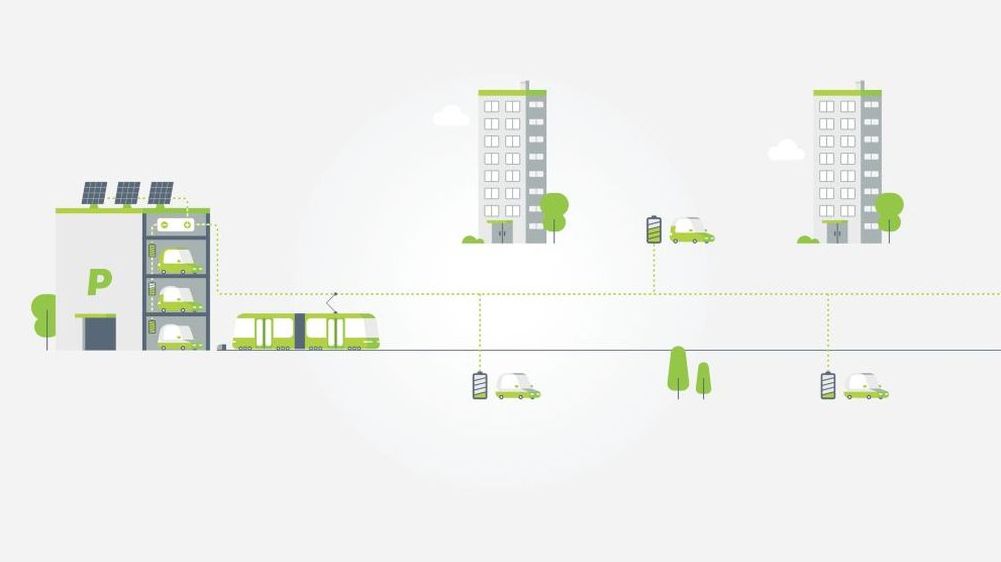
The project partners aim to use the existing network infrastructure as efficiently as possible. The use of the tram power supply system for fast-charging infrastructure is conceivable, for example. One district storage system could supply an additional 250 kW of charge/discharge capacity to further increase flexibility.
Subproject 6: Conservation of resources through urban sharing models
DELTA’s focus goes beyond technical innovations that utilize networks more efficiently; for example, the “sharing economy” offers considerable potential for saving energy. The sharing economy is a social movement that pursues the joint use of goods manufactured in an energy-intensive manner in order to reduce climate-damaging emissions. Electric scooters, for instance, have shown how just a few units can be sufficient for use by many people. This helps to save on manufacturing resources and increases the rate of utilization.
A “sharing hub” on the Lichtwiese campus of TU Darmstadt and two additional “sharing points” in the city of Darmstadt serve as central meeting points and handover locations for digitally arranged physical sharing processes, for example as a location where technical devices are available for rent. In addition, they streamline the range of services on offer and as mobility hubs they enable car sharing projects, for instance, which help to reduce the volume of traffic and emissions.
Subproject 7: Technology scale-up
DELTA also involves start-ups whose innovations are a good fit for the project objective and whose fresh ideas can help in achieving this objective. Kraftblock, for instance, is a start-up that has developed a thermal energy storage system, which – as a large central heating plant – is able to utilize waste heat and thus replace the use of natural gas for multiple residential units. The founders of the start-up had previously lacked the opportunity to demonstrate the capabilities of the storage system in a real-world environment. Through the DELTA project, the aim is for the technology to find widespread application.
Additional innovations include an intelligent window handle that could reduce natural gas requirements in older buildings by 20 percent and an intelligent radiator thermostat that could lower heating energy requirements of schools and town halls by more than 30 percent.
Overlapping activities united by three clusters
DELTA’s additional project work is organized into three clusters that unite the overlapping activities of the subprojects. They combine aspects of digitalization, evaluate project progress, and serve to disseminate information and results.
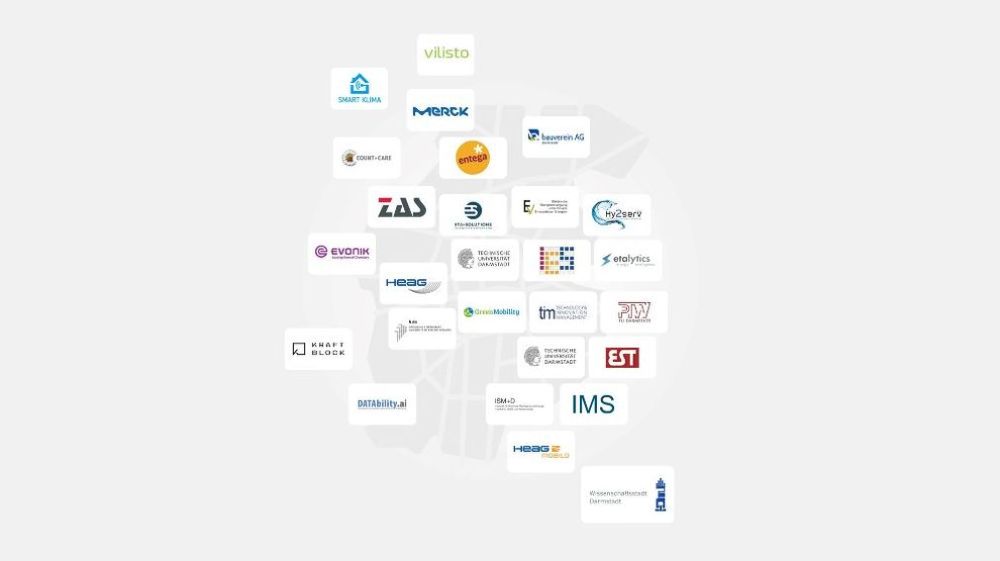
The “Energy Data” cluster aims to use new digital technologies, for example to evaluate or optimize the subprojects or to coordinate the energy subsystems. The “Energy Innovations” cluster develops and records best-practice examples in dealings with participating stakeholders, researches the current innovation ecosystem (i.e. the creation of innovations through collaboration between various stakeholders), and ultimately assesses the overall success of the different district measures. The ultimate objective is to develop an integrated method of energy system planning.
The “Energy Academy” is intended to form the third cluster. All stakeholders will come together in this cluster – not just project partners but all interested companies, users, and the public at large who seek to glimpse into the future of the energy transition. In this cluster, those involved will present their results, provide examples of best practice, and discuss the next stages of the project.(pj)
09.11.2021
Forschung
HEAG Holding AG
https://www.heag.de/
info@heag.de
Tel.: +49 6151 7092000
Forschung
ENTEGA AG
https://www.entega.ag/
info@entega.ag
Tel.: +49 6151 7010
Forschung
COUNT+CARE GmbH & Co. KG
https://www.countandcare.de/
info@countandcare.de
Tel.: +49 6151 4046000
Forschung
ZAS Zweckverband Abfallverwertung Südhessen
https://www.zas-darmstadt.de/
info@zas-darmstadt.de
Tel.: +49 6151 7014091
Forschung
bauverein AG
https://www.bauvereinag.de/unternehmen
info@bauvereinag.de
Tel.: +496151 2815444
Forschung
HEAG mobilo GmbH
https://www.heagmobilo.de/
info@heagmobilio.de
Tel.: +49 6151 7094000
Forschung
Merck KGaA
https://www.merckgroup.com/de
service@merckgroup.com
Tel.: +49 6151 720
Forschung
SMART-KLIMA GmbH
https://smart-klima.de/
info@smart-klima.de
Tel.: +49 212 2494586
Forschung
etalytics GmbH
https://etalytics.de/
info@etalytics.de
Tel.: +49 176 55161720


